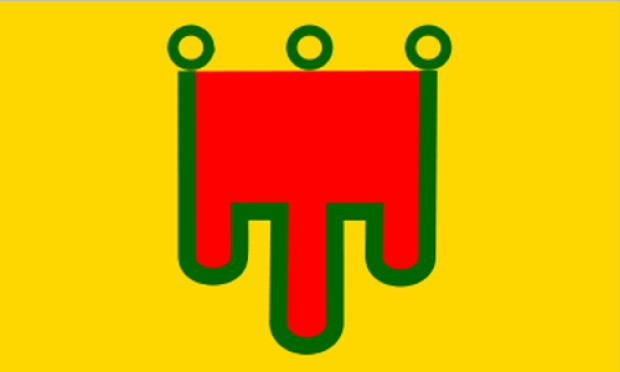Flag of Tunisia

Listen to anthem
Background knowledge
The flag of Tunisia was first introduced by the Tunisian Bey Hassan I around 1835. It was also the flag of the Ottoman province of Tunus in a similar form. Since then, the flag has been subject to only slight modifications.
Meaning of the flag of Tunisia
The crescent and the star are symbols of Islam and are also considered auspicious. Both symbols are a reference to Tunisia's past as part of the Ottoman Empire.
The color red was a dynastic symbol of legitimacy in the Ottoman Empire. After the country's independence from France, the flag was adopted as the national flag.
Source: Wikipedia
Red with a white disk in the center showing a red crescent almost enclosing a red five-pointed star; the crescent and star are traditional symbols of Islam.
Hymn
That's what ChatGPT knows about the flag of Tunisia
-
The Tunisian flag consists of a red star and a crescent moon on a white field. The flag symbolizes the connection of Islamic religion and Arab culture. The red star symbolizes the modern revolution and the struggle for the independence of the country.
-
The first version of the Tunisian flag was introduced in 1956, when Tunisia gained its independence from France. The flag consists of a red cross on a white background, placed on a green field. The red cross symbolizes the blood sacrifices given during the struggle for independence. The green field represents the Islamic religion and the white field represents the hope for peace.
-
The national flag of Tunisia is a horizontal band of red, white and red. In the center of the white stripe is a red five-pointed star symbol. The red stripe at the top symbolizes the blood sacrifices made for the country's independence. The white stripe in the middle represents peace and harmony, while the red stripe at the bottom stands for the unity and cohesion of the country.
Discover something new
Random flags from our large flag database.






